

| Region rejsu : Europa |
| Firma : A-Rosa |
| Statek : A-ROSA FLORA |
| Data rozpoczęcia : śr. 13 maj 2026 |
| Data zakończenia : śr. 27 maj 2026 |
| Liczba nocy : 14 nocy |
| Dzień | Data | Port | Wypłynięcie | Odpłynięcie |
|---|---|---|---|---|
| 1 | 13.05 śr. | Passau / Niemcy | 16:00 | |
| 2 | 14.05 czw. | Wachau / Austria | ||
| 2 | 14.05 czw. | Żyła / Austria | 14:30 | |
| 3 | 15.05 pt. | Żyła / Austria | 22:00 | |
| 4 | 16.05 sob. | Budapeszt / Węgry | 14:00 | |
| 5 | 17.05 niedz. | Budapeszt / Węgry | 22:00 | |
| 6 | 18.05 pon. | Kalocsa / Węgry | 08:00 | 09:00 |
| 6 | 18.05 pon. | Mohacs / Mohacz / Węgry | 12:30 | 13:30 |
| 6 | 18.05 pon. | Vukovar / Chorwacja | 19:00 | 19:30 |
| 7 | 19.05 wt. | Belgrad / Serbia | 06:30 | |
| 8 | 20.05 śr. | Belgrad / Serbia | 23:00 | |
| 9 | 21.05 czw. | Zaćma | ||
| 10 | 22.05 pt. | Nowy Sad / Serbia | 08:00 | 20:00 |
| 10 | 22.05 pt. | Ilok / Chorwacja | 23:30 | 23:59 |
| 11 | 23.05 sob. | Dzień rejsowy | ||
| 12 | 24.05 niedz. | Bratysława / Słowacja | 18:00 | |
| 13 | 25.05 pon. | Bratysława / Słowacja | 16:00 | |
| 14 | 26.05 wt. | Melk / Austria | 08:00 | 13:30 |
| 15 | 27.05 śr. | Passau / Niemcy | 08:00 |
Oferujemy dwa różne rodzaje rezerwacji, aby sprostać różnym potrzebom: A‑ROSA Premium All‑Inclusive z nieograniczonym komfortem oraz A‑ROSA Basic z pełnym wyżywieniem, zapewniającą bardziej elastyczne warunki.
Premium All-Inclusive 2025
Rozkoszuj się przez cały dzień, każdego dnia, dzięki wysokiej jakości bufetom.
Wysokiej jakości napoje wliczone w cenę przez cały dzień: herbata, kawa i specjały kawowe, woda, napoje bezalkoholowe, piwo, prosecco, a także wybór win.
Obniżone ceny dodatkowych usług i ofert na pokładzie, np. Zabiegi SPA, warsztaty (z wyjątkiem A-ROSA ALEA i A-ROSA CLEA)
Bezpłatne korzystanie z udogodnień na pokładzie, takich jak sauna i siłownia (sauna nie jest dostępna na statkach A-ROSA ALEA i A-ROSA CLEA)
Transfer między lotniskiem lub dworcem kolejowym TGV a statkiem po przylocie zarezerwowanym przez A-ROSA
Klub dla dzieci na rejsach rodzinnych oraz przez cały rok na statkach A-ROSA SENA
Przybory toaletowe w kabinie i szlafroki na życzenie
Specjalne kolacje powitalne i pożegnalne dla rejsów trwających 5 nocy i dłużej
Dział Obsługi Gości do dyspozycji gości
Różnorodne rozrywki na pokładzie dla rejsów trwających 7 nocy i dłużej z lokalnymi artystami
Obsługa pokoju w każdej klasie kabiny, w godzinach otwarcia baru**
Bezpłatny rower elektryczny w zależności od dostępności
A-ROSA Basic z pełnym wyżywieniem
A-ROSA Basic z pełnym wyżywieniem to idealna alternatywa dla bardziej spontanicznych gości A-ROSA, którzy mają elastyczny wybór dat i tras rejsów.
Ta rezerwacja obejmuje następujące udogodnienia:
Pełne wyżywienie: Obfite śniadanie, lunch i kolacja w formie bufetu, dodatkowa przekąska w dniu wejścia na pokład oraz kawa i herbata
Codziennie urozmaicona rozrywka na pokładzie
Bezpłatne korzystanie z udogodnień na pokładzie, takich jak sauna i strefa fitness
Bezpłatny wybór daty, statku, trasy i kategorii kabiny
Wszystkie opłaty portowe
Pełne wyżywienie A-ROSA Basic jest dostępne tylko w przypadku wybranych rejsów, z ograniczoną dostępnością. Numer kabiny zostanie podany na pokładzie.
Apartamenty, oferty specjalne rejsów A-ROSA, pakiety A-ROSA i inne korzyści, takie jak zniżki za wcześniejszą rezerwację lub bezpłatny pobyt dzieci, nie są dostępne w przypadku rezerwacji A-ROSA Basic.
Poniższe usługi nie są wliczone w cenę rejsu i wymagają dodatkowej opłaty:
Warunki rezerwacji rejsu A-ROSA
Minimalny depozyt przy rezerwacji - 30%
Ostateczna płatność 60 dni przed rozpoczęciem rejsu - 100%
Warunki anulowania rejsu:
a) Standardowa stawka dla cen „A-ROSA Premium All-Inclusive”
• Do 31 dni przed wyjazdem - 25%
• Do 30 dni przed wyjazdem - 40%
• Do 24 dni przed wyjazdem - 50%
• Do 17 dni przed wyjazdem - 60%
• Do 10 dni przed wyjazdem - 80%
• Do 3 dni przed wyjazdem do dnia wyjazdu, anulowanie rezerwacji tego samego dnia lub niepojawienie się - 90%
b) Specjalna stawka dla cen „A-ROSA Basic Full Board”
• Do 31 dni przed wyjazdem - 35%
• Do 30 dni przed wyjazdem - 50%
• Do 24 dni przed wyjazdem - 60%
• 17 dni lub mniej przed odlotem – 75%
• 10 dni lub mniej przed odlotem – 85%
• 3 dni przed odlotem lub nieobecność – 90%
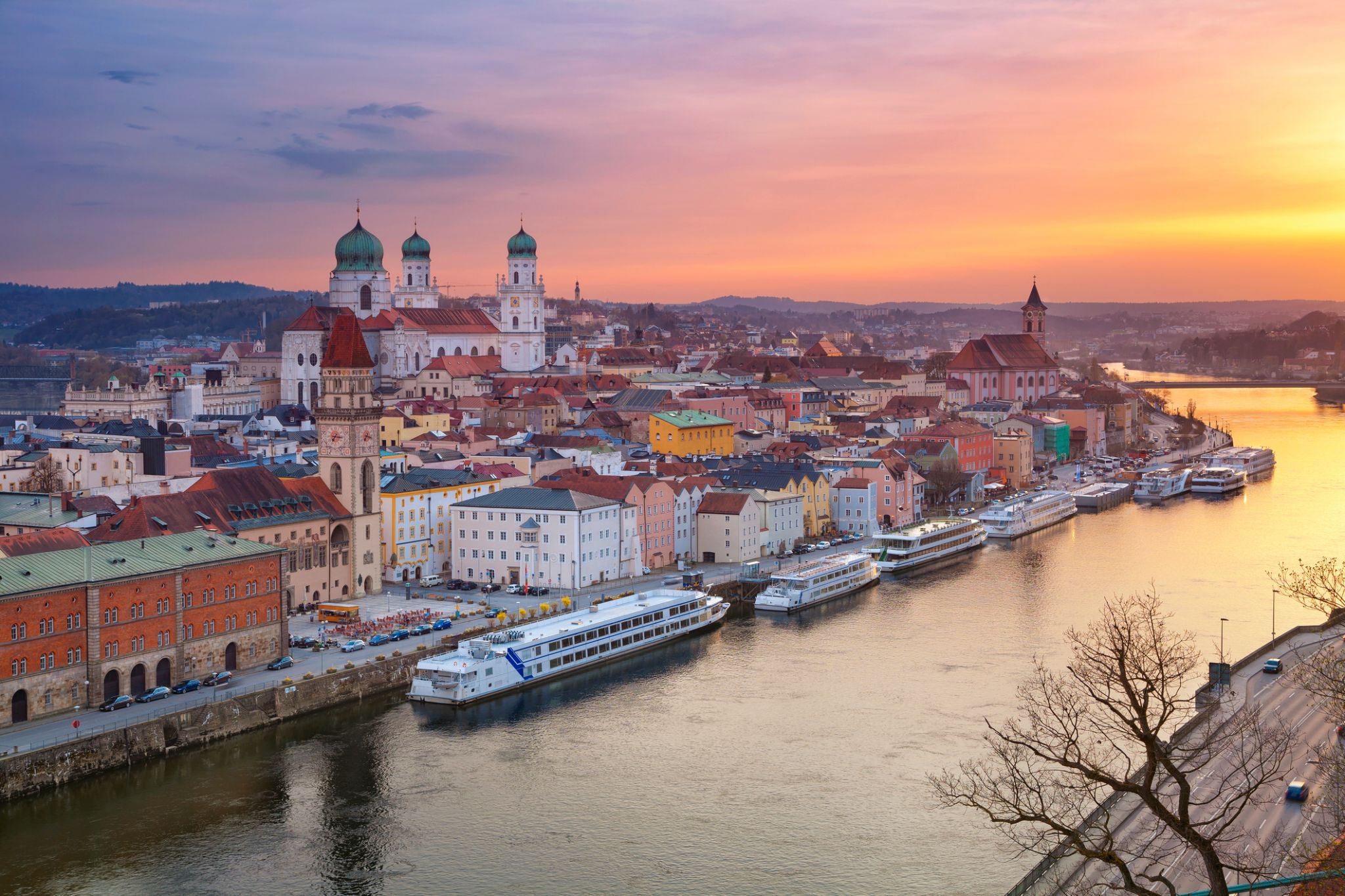

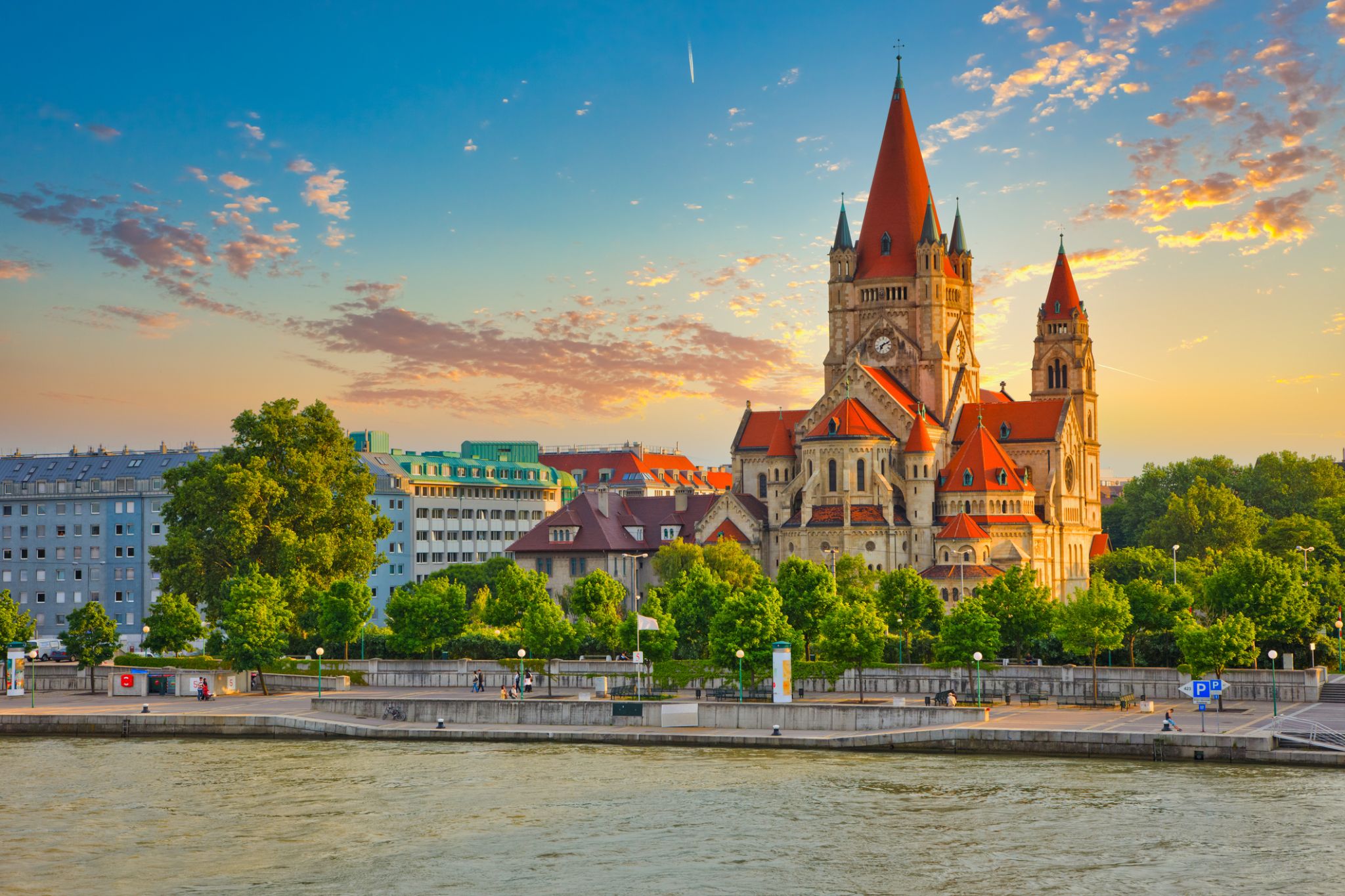
Vienna is the federal capital and largest city of Austria, and one of the nine states of Austria. Vienna is Austria's primate city, with a population of about 1.9 million (2.6 million within the metropolitan area, nearly one third of Austria's population), and its cultural, economic, and political centre. It is the 7th-largest city by population within city limits in the European Union. Until the beginning of the 20th century, it was the largest German-speaking city in the world, and before the splitting of the Austro-Hungarian Empire in World War I, the city had 2 million inhabitants. Today, it has the second largest number of German speakers after Berlin.Vienna is host to many major international organizations, including the United Nations and OPEC. The city is located in the eastern part of Austria and is close to the borders of the Czech Republic, Slovakia, and Hungary. These regions work together in a European Centrope border region. Along with nearby Bratislava, Vienna forms a metropolitan region with 3 million inhabitants. In 2001, the city centre was designated a UNESCO World Heritage Site. In July 2017 it was moved to the list of World Heritage in Danger.
Apart from being regarded as the City of Music[ because of its musical legacy, Vienna is also said to be "The City of Dreams" because it was home to the world's first psychoanalyst – Sigmund Freud. The city's roots lie in early Celticand Roman settlements that transformed into a Medieval and Baroque city, and then the capital of the Austro-Hungarian Empire. It is well known for having played an essential role as a leading European music centre, from the great age of Viennese Classicism through the early part of the 20th century. The historic centre of Vienna is rich in architectural ensembles, including Baroque castles and gardens, and the late-19th-century Ringstraße lined with grand buildings, monuments and parks.
Vienna is known for its high quality of life. In a 2005 study of 127 world cities, the Economist Intelligence Unit ranked the city first (in a tie with Vancouver and San Francisco) for the world's most liveable cities. Between 2011 and 2015, Vienna was ranked second, behind Melbourne. In 2018, it replaced Melbourne as the number one spot. For eight consecutive years (2009–2016), the human-resource-consulting firm Mercer ranked Vienna first in its annual "Quality of Living" survey of hundreds of cities around the world, a title the city still held in 2016. Monocle's 2015 "Quality of Life Survey" ranked Vienna second on a list of the top 25 cities in the world "to make a base within."
The UN-Habitat classified Vienna as the most prosperous city in the world in 2012/2013. The city was ranked 1st globally for its culture of innovation in 2007 and 2008, and sixth globally (out of 256 cities) in the 2014 Innovation Cities Index, which analyzed 162 indicators in covering three areas: culture, infrastructure, and markets. Vienna regularly hosts urban planning conferences and is often used as a case study by urban planners.
Between 2005 and 2010, Vienna was the world's number-one destination for international congresses and conventions. It attracts over 6.8 million tourists a year.

Vienna is the federal capital and largest city of Austria, and one of the nine states of Austria. Vienna is Austria's primate city, with a population of about 1.9 million (2.6 million within the metropolitan area, nearly one third of Austria's population), and its cultural, economic, and political centre. It is the 7th-largest city by population within city limits in the European Union. Until the beginning of the 20th century, it was the largest German-speaking city in the world, and before the splitting of the Austro-Hungarian Empire in World War I, the city had 2 million inhabitants. Today, it has the second largest number of German speakers after Berlin.Vienna is host to many major international organizations, including the United Nations and OPEC. The city is located in the eastern part of Austria and is close to the borders of the Czech Republic, Slovakia, and Hungary. These regions work together in a European Centrope border region. Along with nearby Bratislava, Vienna forms a metropolitan region with 3 million inhabitants. In 2001, the city centre was designated a UNESCO World Heritage Site. In July 2017 it was moved to the list of World Heritage in Danger.
Apart from being regarded as the City of Music[ because of its musical legacy, Vienna is also said to be "The City of Dreams" because it was home to the world's first psychoanalyst – Sigmund Freud. The city's roots lie in early Celticand Roman settlements that transformed into a Medieval and Baroque city, and then the capital of the Austro-Hungarian Empire. It is well known for having played an essential role as a leading European music centre, from the great age of Viennese Classicism through the early part of the 20th century. The historic centre of Vienna is rich in architectural ensembles, including Baroque castles and gardens, and the late-19th-century Ringstraße lined with grand buildings, monuments and parks.
Vienna is known for its high quality of life. In a 2005 study of 127 world cities, the Economist Intelligence Unit ranked the city first (in a tie with Vancouver and San Francisco) for the world's most liveable cities. Between 2011 and 2015, Vienna was ranked second, behind Melbourne. In 2018, it replaced Melbourne as the number one spot. For eight consecutive years (2009–2016), the human-resource-consulting firm Mercer ranked Vienna first in its annual "Quality of Living" survey of hundreds of cities around the world, a title the city still held in 2016. Monocle's 2015 "Quality of Life Survey" ranked Vienna second on a list of the top 25 cities in the world "to make a base within."
The UN-Habitat classified Vienna as the most prosperous city in the world in 2012/2013. The city was ranked 1st globally for its culture of innovation in 2007 and 2008, and sixth globally (out of 256 cities) in the 2014 Innovation Cities Index, which analyzed 162 indicators in covering three areas: culture, infrastructure, and markets. Vienna regularly hosts urban planning conferences and is often used as a case study by urban planners.
Between 2005 and 2010, Vienna was the world's number-one destination for international congresses and conventions. It attracts over 6.8 million tourists a year.
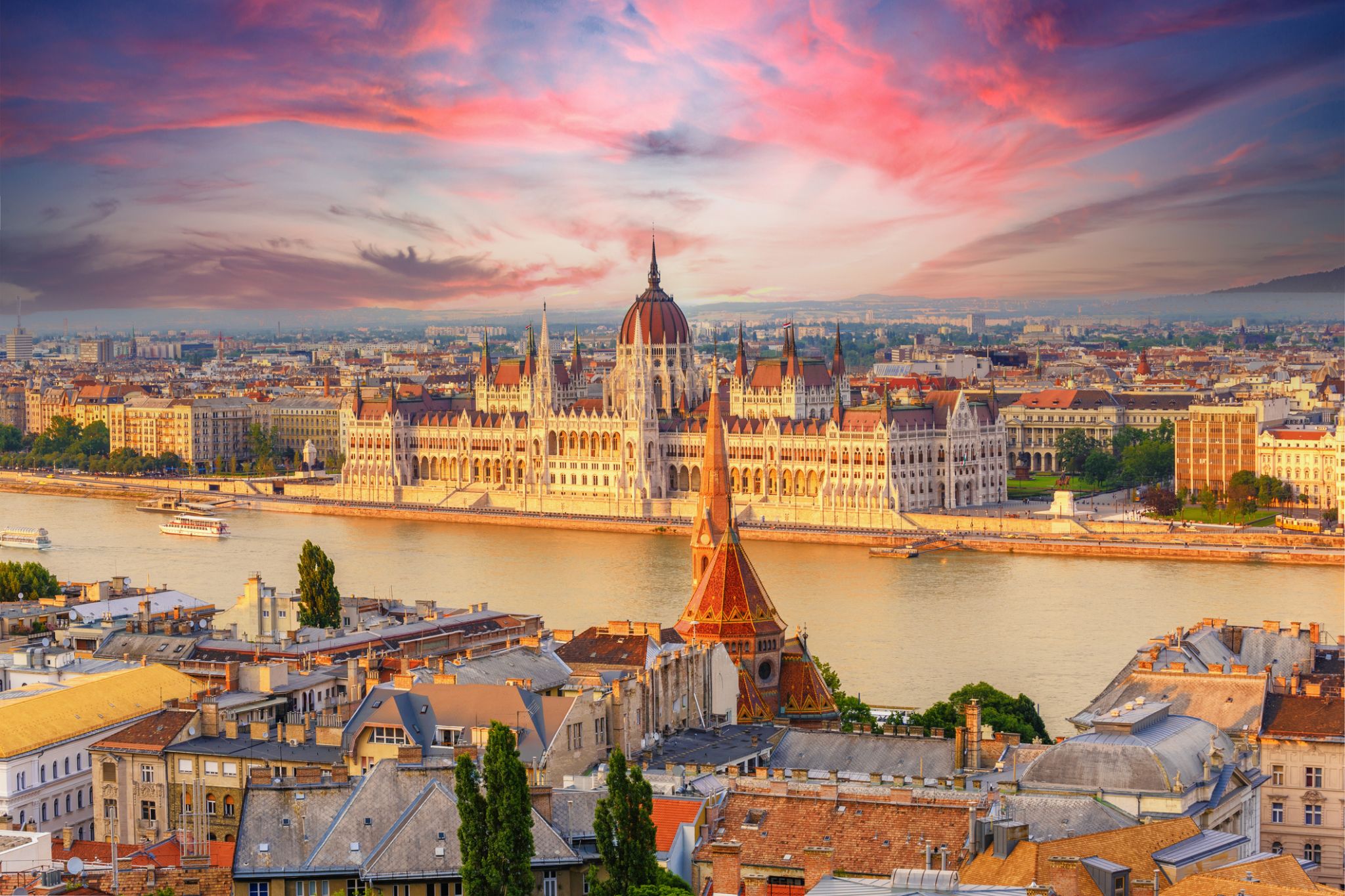
the capital of Hungary, in the northern central part of the country; population 1,712,210 (2009). It was formed in 1873 by the union of the city of Buda on the right bank of the Danube River with the city of Pest on the left.

the capital of Hungary, in the northern central part of the country; population 1,712,210 (2009). It was formed in 1873 by the union of the city of Buda on the right bank of the Danube River with the city of Pest on the left.
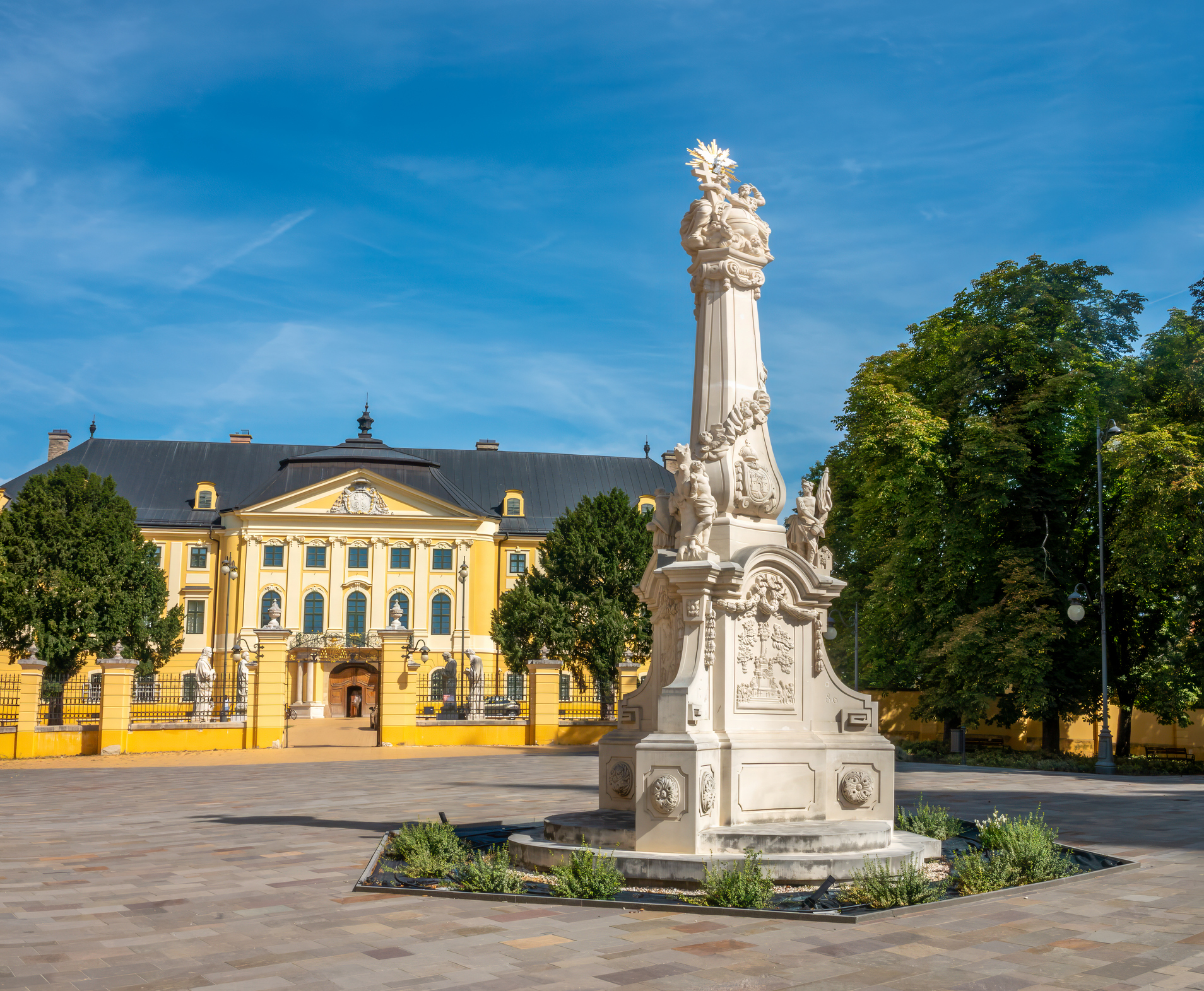
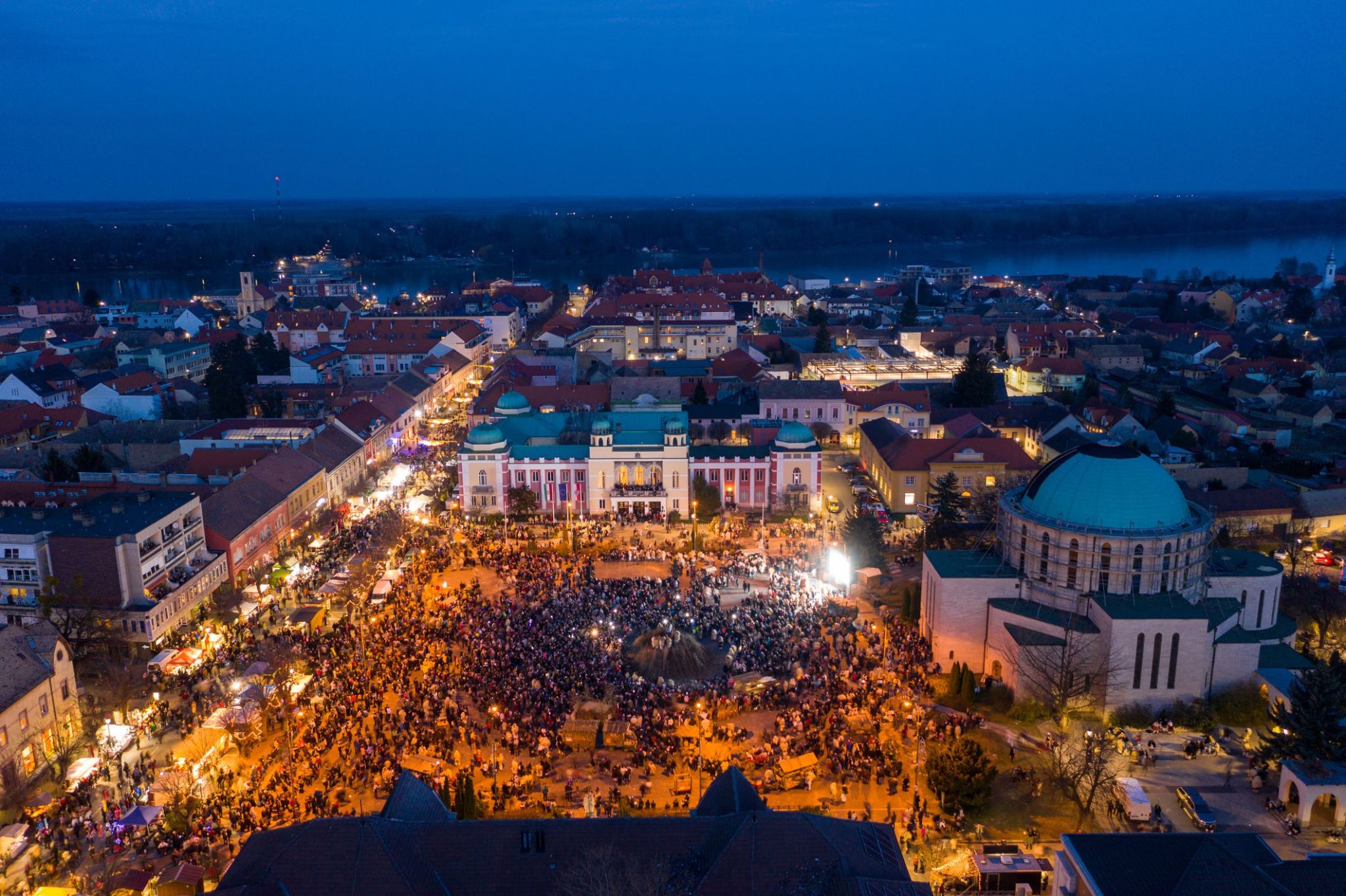
Przytulnie położone nad brzegiem Dunaju, Mohacz zaprasza podróżników do odkrycia mniej znanego, ale niezwykle fascynującego rozdziału węgierskiej historii. Miasto to symbol przełomowych wydarzeń, w tym słynnej bitwy z 1526 roku, która miała ogromny wpływ na całą Europę Środkową. Poza historycznym znaczeniem, Mohacz oczarowuje wąskimi uliczkami, zabytkowymi budynkami i ciepłą, niemal wiejską atmosferą.
Miasto szczególnie ożywa podczas tradycyjnego festiwalu Busójárás, wpisanego na listę niematerialnego dziedzictwa kulturowego UNESCO. W tym czasie ulice wypełniają się maskami, tańcami i pradawnymi rytuałami zakorzenionymi w mitach słowiańskich i węgierskich. Przytulne kawiarnie, spacery wzdłuż rzeki i lokalne winnice sprawiają, że Mohacz to idealny przystanek dla tych, którzy szukają autentycznych doświadczeń poza utartymi szlakami.

To miasto, ukryte na brzegu rzeki Dunaj, oferuje unikalne połączenie dziedzictwa historycznego i naturalnego piękna. Vukovar to miejsce, w którym duch chwalebnej przeszłości łączy się z odrodzeniem, jakie przyniosły spokojne czasy. Miasto łączy ślady bogatej historii z nowoczesnym komfortem, tworząc atmosferę pełną kontrastów i fascynującej magii.
Vukovar słynie z imponującej architektury i zabytków, takich jak Twierdza Vukovar i Kościół św. Filipa i Jakuba. Odwiedzający mogą zwiedzać wyjątkowe muzea, takie jak Muzeum Vukovaru, które opowiada historię wydarzeń, które stały się częścią historycznego losu miasta. Wzdłuż rzeki rozciągają się malownicze promenady, które są idealne do spacerów, podczas których można cieszyć się naturą, a lokalne restauracje oferują tradycyjne potrawy, takie jak čvarci i jagnięcina, które zadowolą nawet najbardziej wymagających smakoszy.
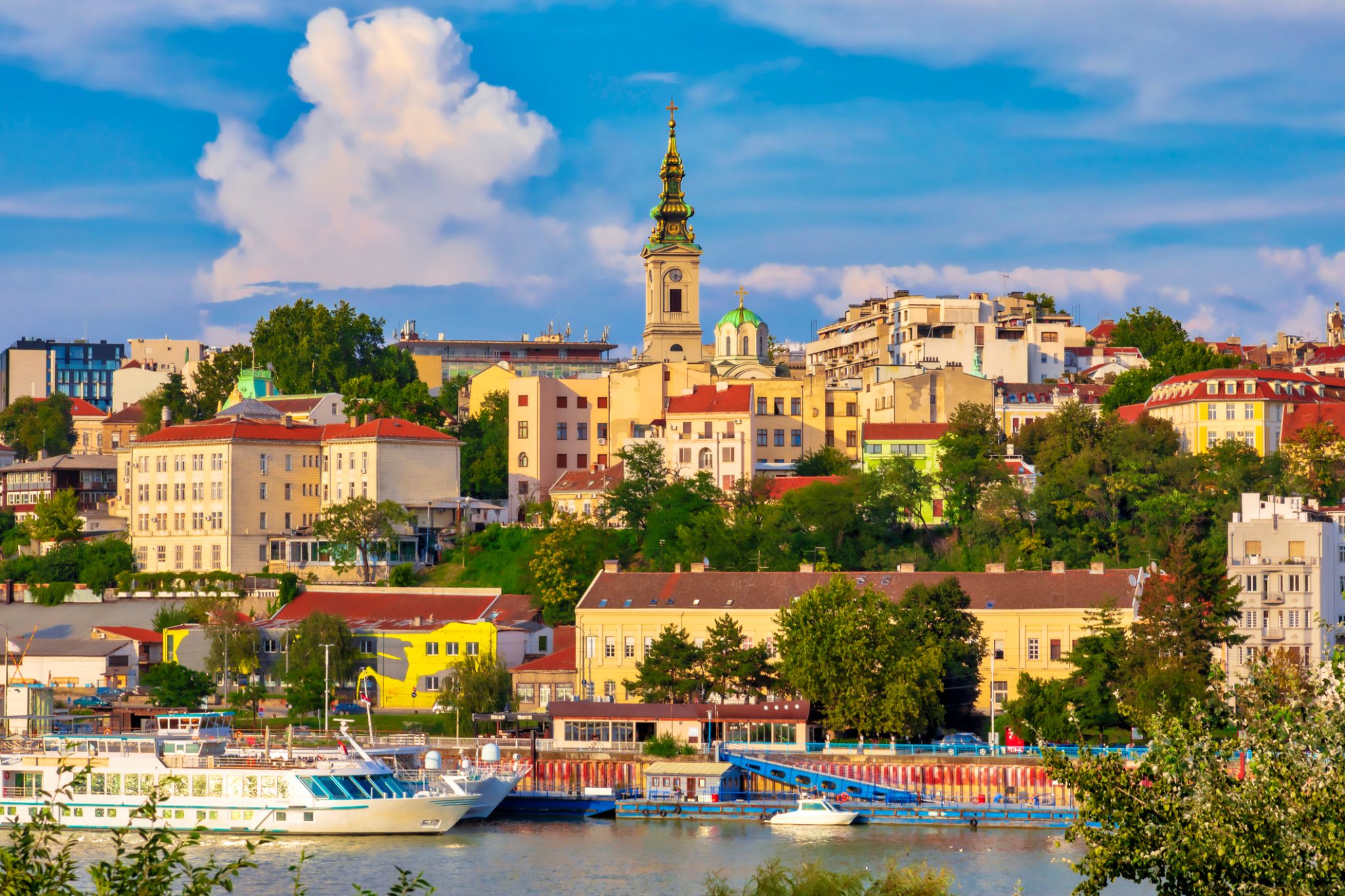

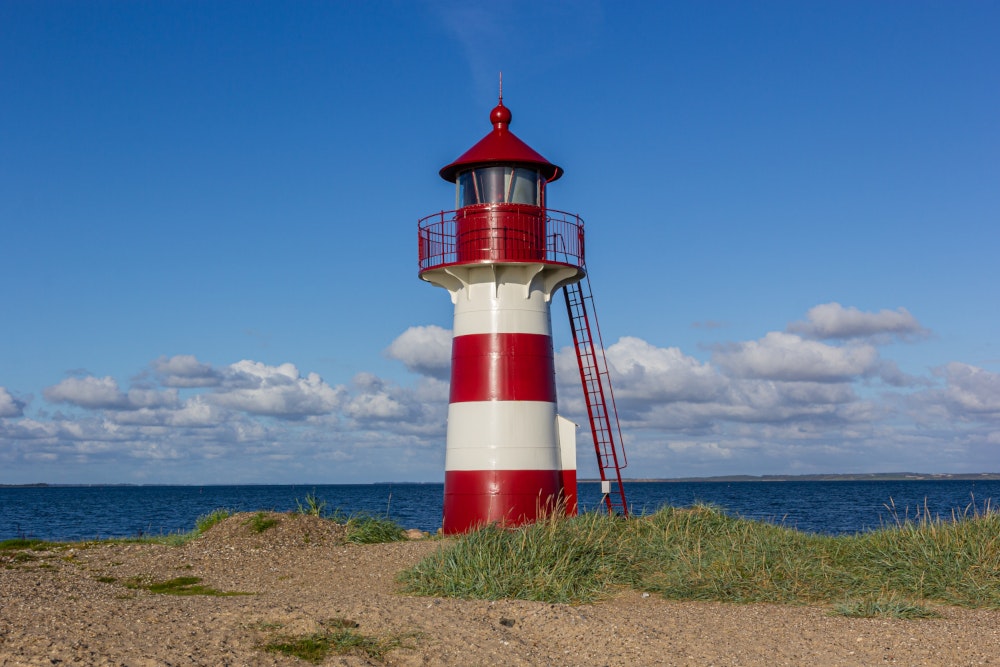
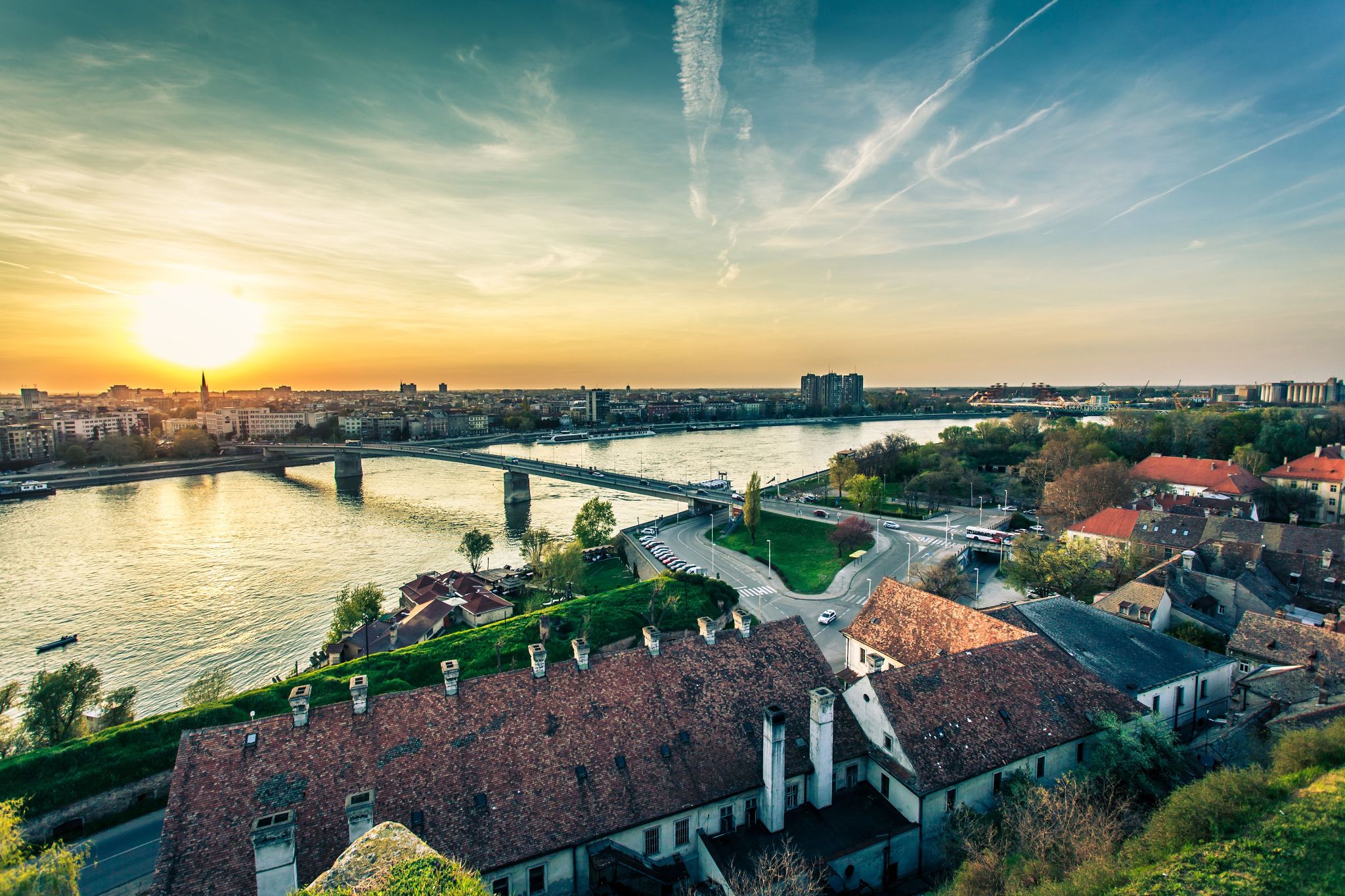
Tam, gdzie Dunaj delikatnie zakręca wokół starożytnych fortyfikacji, Novi Sad wita podróżnych urokiem swoich starodawnych uliczek i spokojną bohemską atmosferą. To serbskie miasto, położone u podnóża góry Fruška Gora, słynie z doskonałej kombinacji historii, kultury i natury. Novi Sad to nie tylko kulturalna stolica kraju, ale także jedno z najbardziej zielonych miast Serbii, oferujące urocze parki i panoramiczne widoki na rzekę.
Szczególną uwagę warto zwrócić na twierdzę Petrovaradin — monumentalną budowlę z XVIII wieku, którą nieformalnie nazywa się „Gibraltarem nad Dunajem”. Co roku odbywa się tu słynny festiwal muzyczny EXIT, który przyciąga miłośników muzyki współczesnej z całego świata. Spacerując po centrum Novi Sad, turyści odkrywają węgierskie, austriackie i bałkańskie dziedzictwo, odzwierciedlone w architekturze, gastronomii i serdeczności mieszkańców.


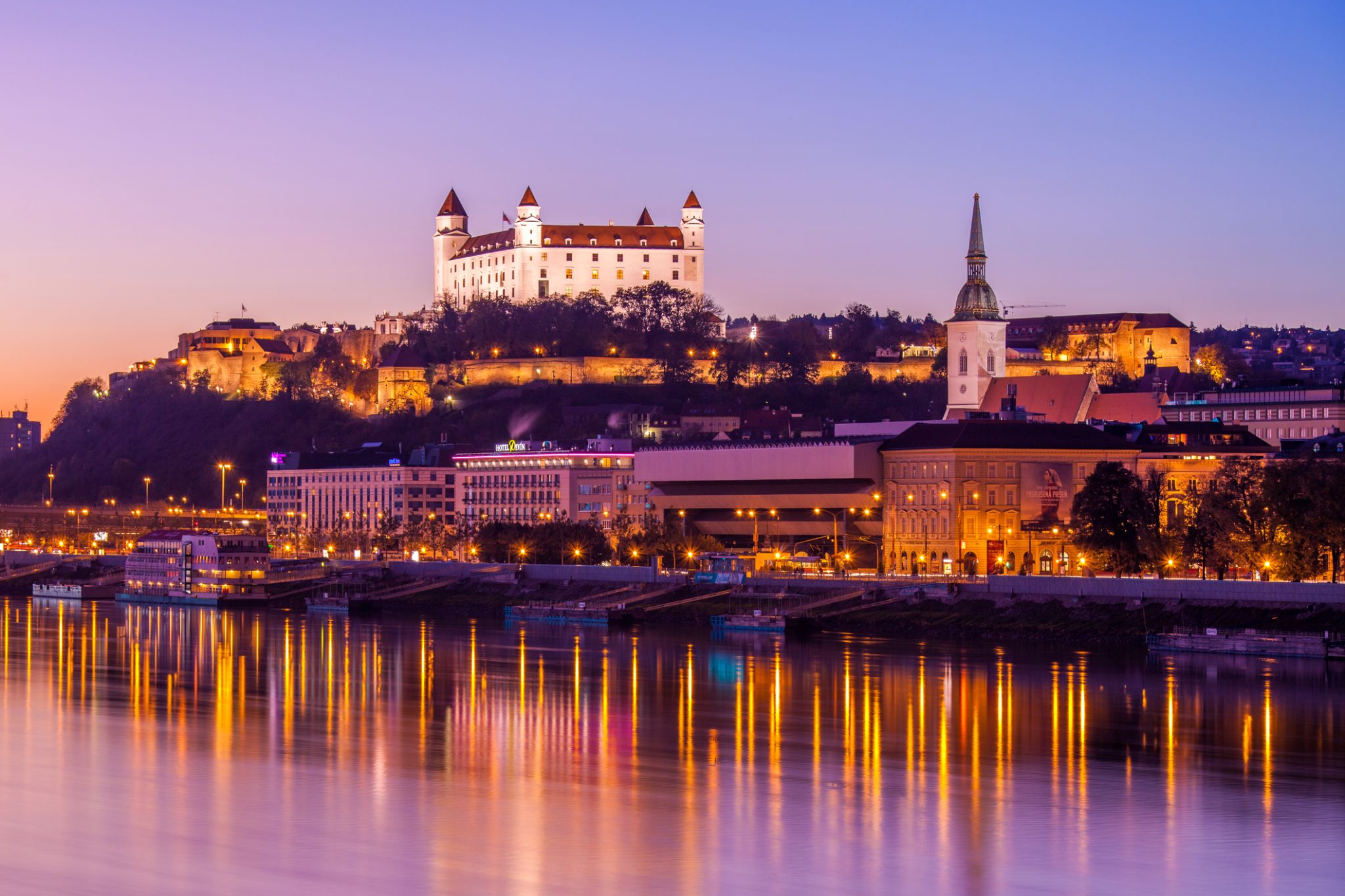
Bratislava is the capital of Slovakia. With a population of about 425,000, it is one of the smaller capitals of Europe but still the country's largest city. The greater metropolitan area is home to more than 650,000 people. Bratislava is in southwestern Slovakia, occupying both banks of the River Danube and the left bank of the River Morava. Bordering Austria and Hungary, it is the only national capital that borders two sovereign states.
The city's history has been strongly influenced by people of different nations and religions, namely (in alphabetical order) Austrians, Bulgarians, Croats, Czechs, Germans, Hungarians, Jews, Serbs and Slovaks. It was the coronation site and legislative center of the Kingdom of Hungary from 1536 to 1783, and has been home to many Slovak, Hungarian and German historical figures.
Bratislava is the political, cultural and economic centre of Slovakia. It is the seat of the Slovak president, the parliamentand the Slovak Executive. It has several universities, and many museums, theatres, galleries and other cultural and educational institutions. Many of Slovakia's large businesses and financial institutions have headquarters there.

Bratislava is the capital of Slovakia. With a population of about 425,000, it is one of the smaller capitals of Europe but still the country's largest city. The greater metropolitan area is home to more than 650,000 people. Bratislava is in southwestern Slovakia, occupying both banks of the River Danube and the left bank of the River Morava. Bordering Austria and Hungary, it is the only national capital that borders two sovereign states.
The city's history has been strongly influenced by people of different nations and religions, namely (in alphabetical order) Austrians, Bulgarians, Croats, Czechs, Germans, Hungarians, Jews, Serbs and Slovaks. It was the coronation site and legislative center of the Kingdom of Hungary from 1536 to 1783, and has been home to many Slovak, Hungarian and German historical figures.
Bratislava is the political, cultural and economic centre of Slovakia. It is the seat of the Slovak president, the parliamentand the Slovak Executive. It has several universities, and many museums, theatres, galleries and other cultural and educational institutions. Many of Slovakia's large businesses and financial institutions have headquarters there.
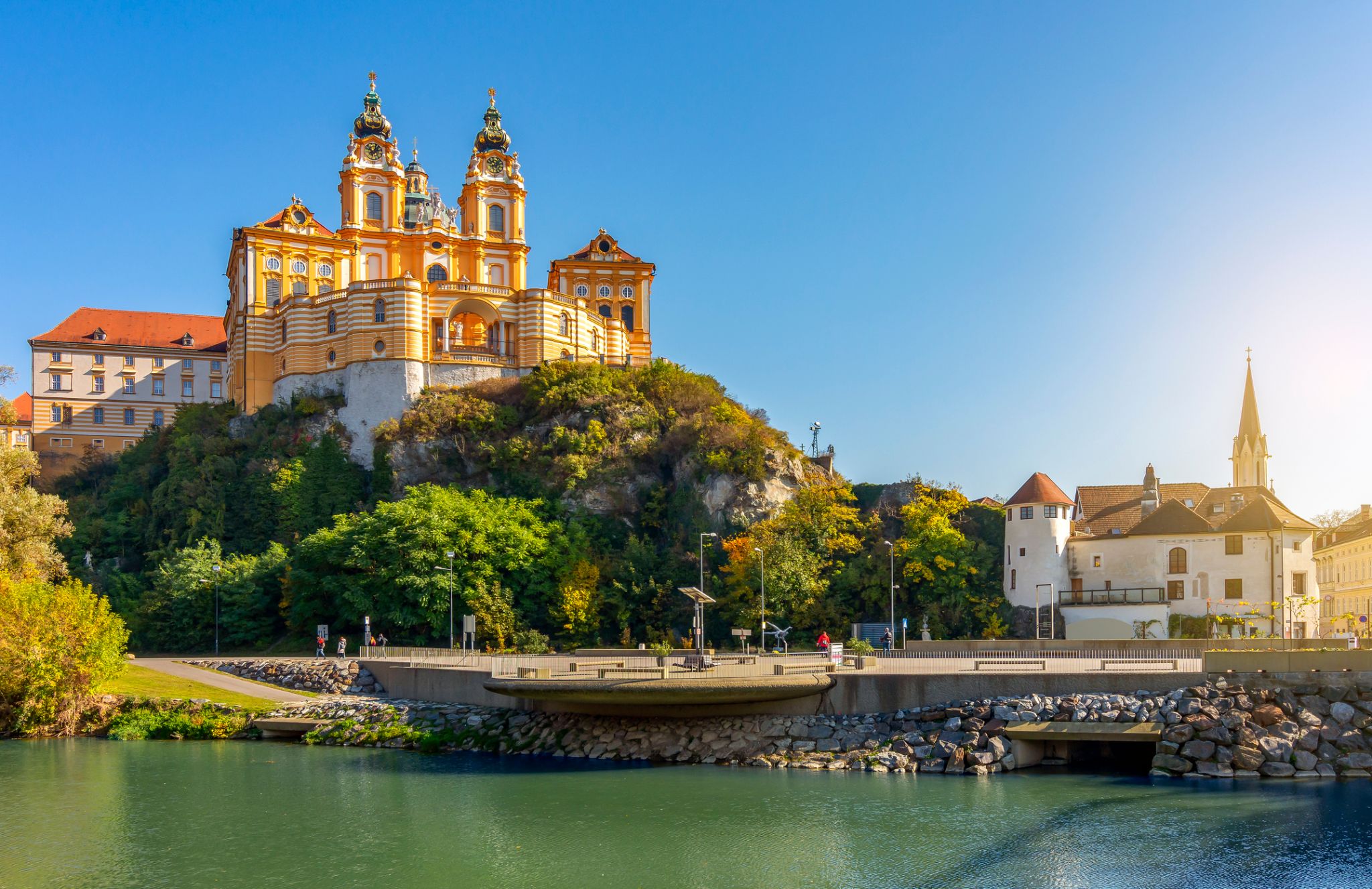
Melk is a city of Austria, in the federal state of Lower Austria, next to the Wachau valley along the Danube. Melk has a population of 5,257 (as of 2012). It is best known as the site of a massive baroque Benedictine monastery named Melk Abbey.
The town is first mentioned as Medilica in 831 in a donation of Louis the German; the name is from a Slavic word for 'border.' The area around Melk was given to Leopold I, Margrave of Austria, in the year 976 to serve as a buffer between the Magyars to east and Bavaria to the west. In 996 mention was first made of an area known as Ostarrîchi, which is the origin of the word Österreich (German for Austria). The bluff which holds the current monastery held a Babenberger castle until the site was given to Benedictine monks from nearby Lambach by Leopold II, in 1089. Melk received market rights in 1227 and became a municipality in 1898. In a very small area, Melk presents a great deal of architectural variety from many centuries.
